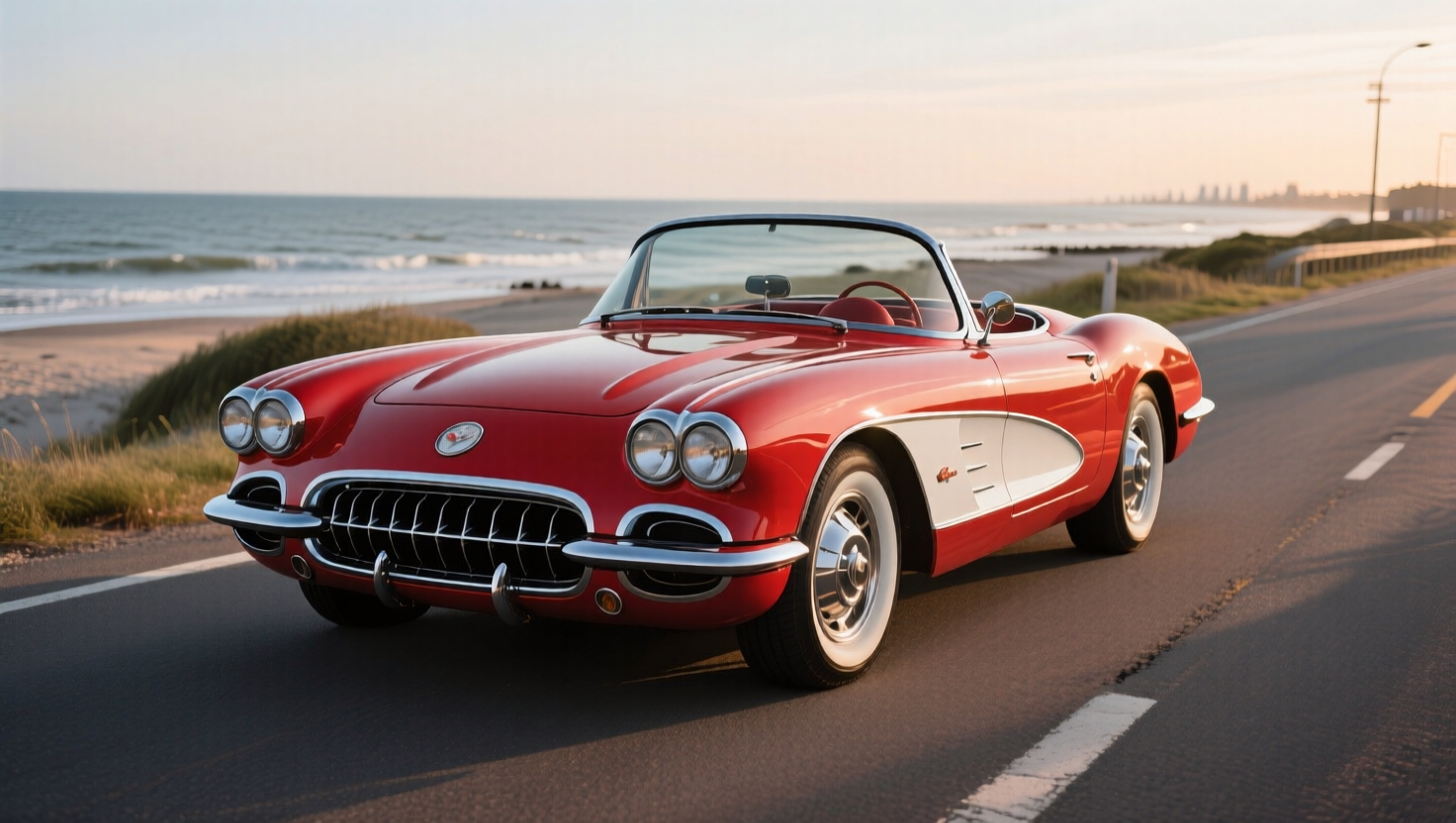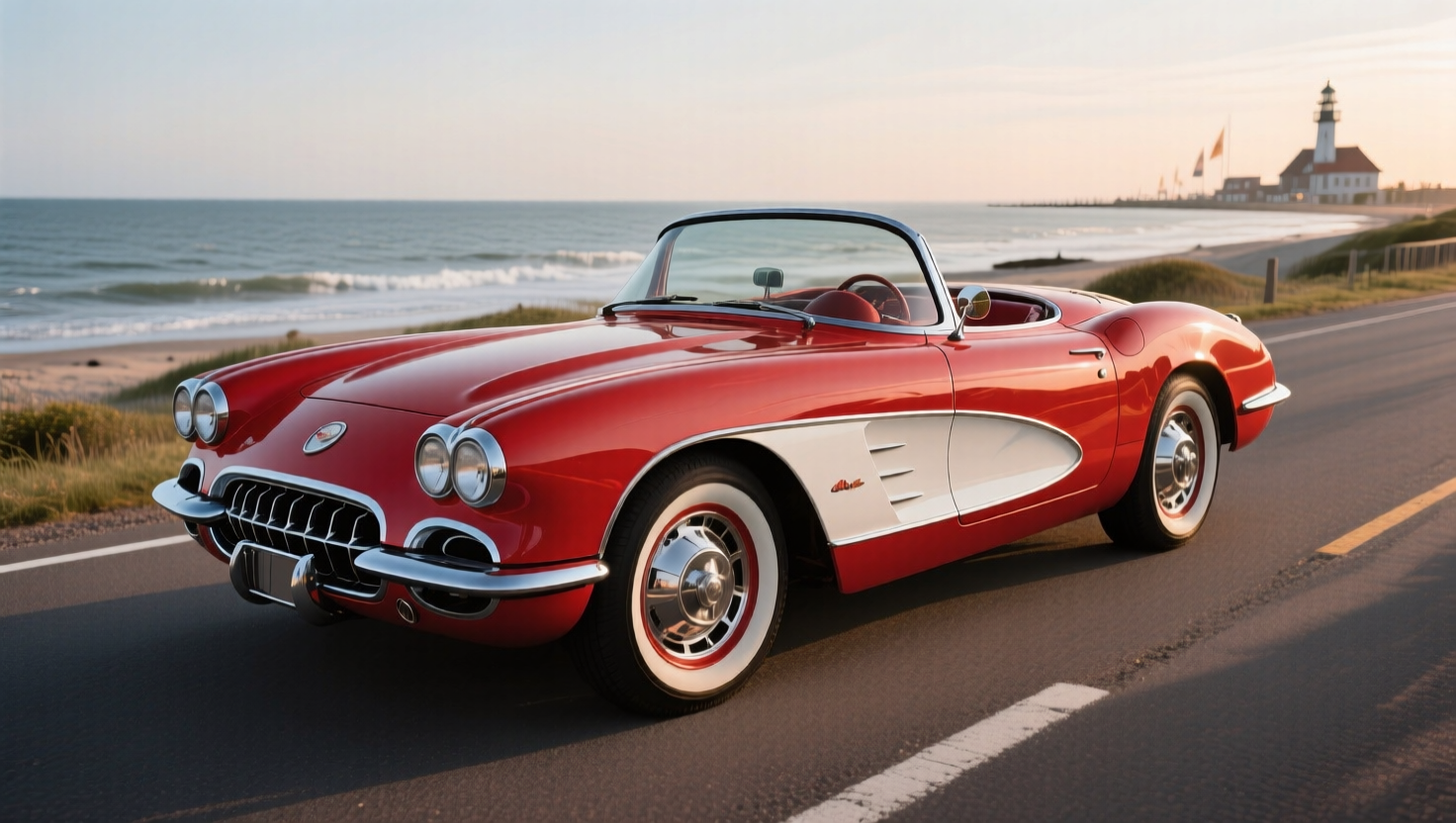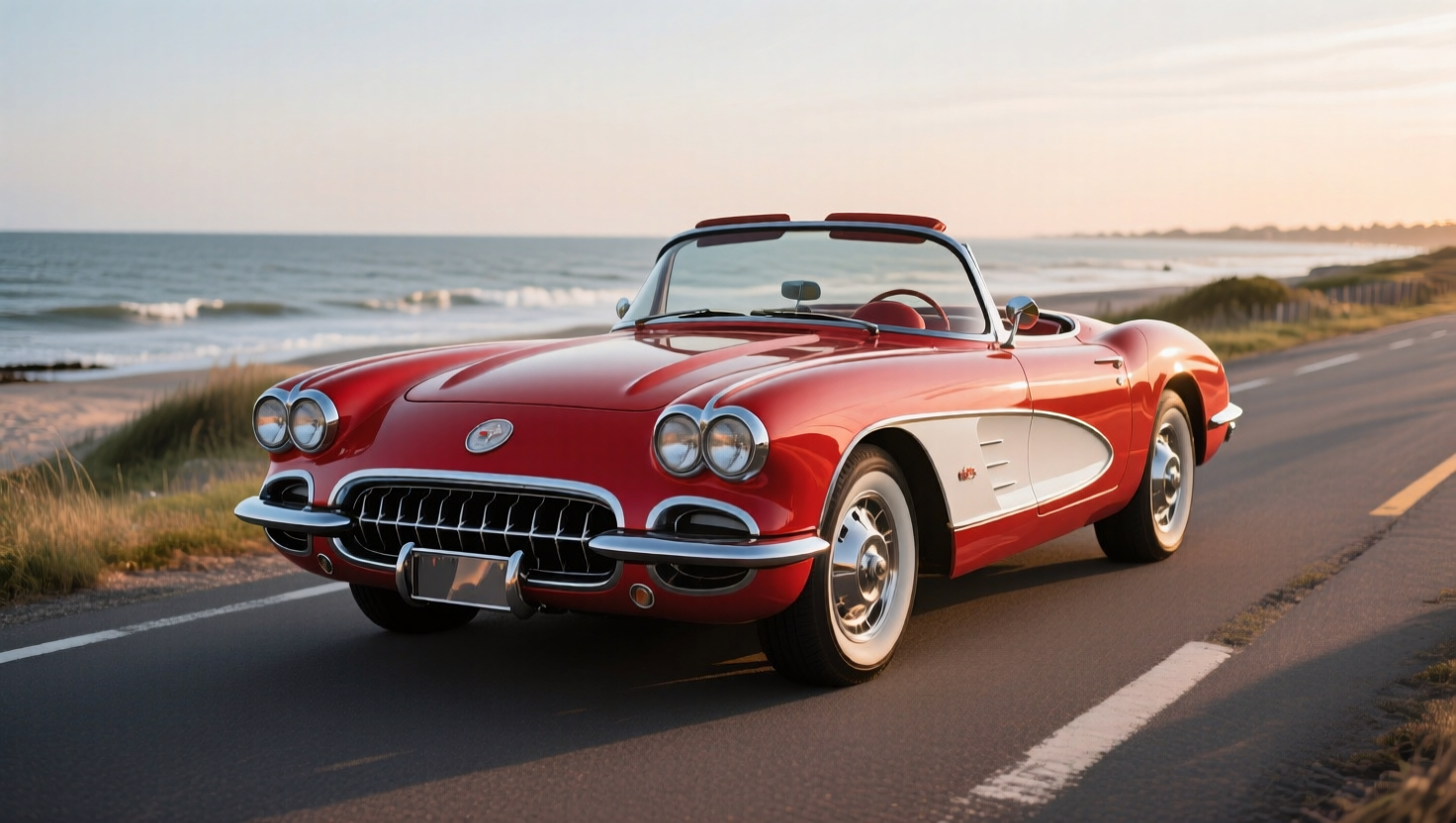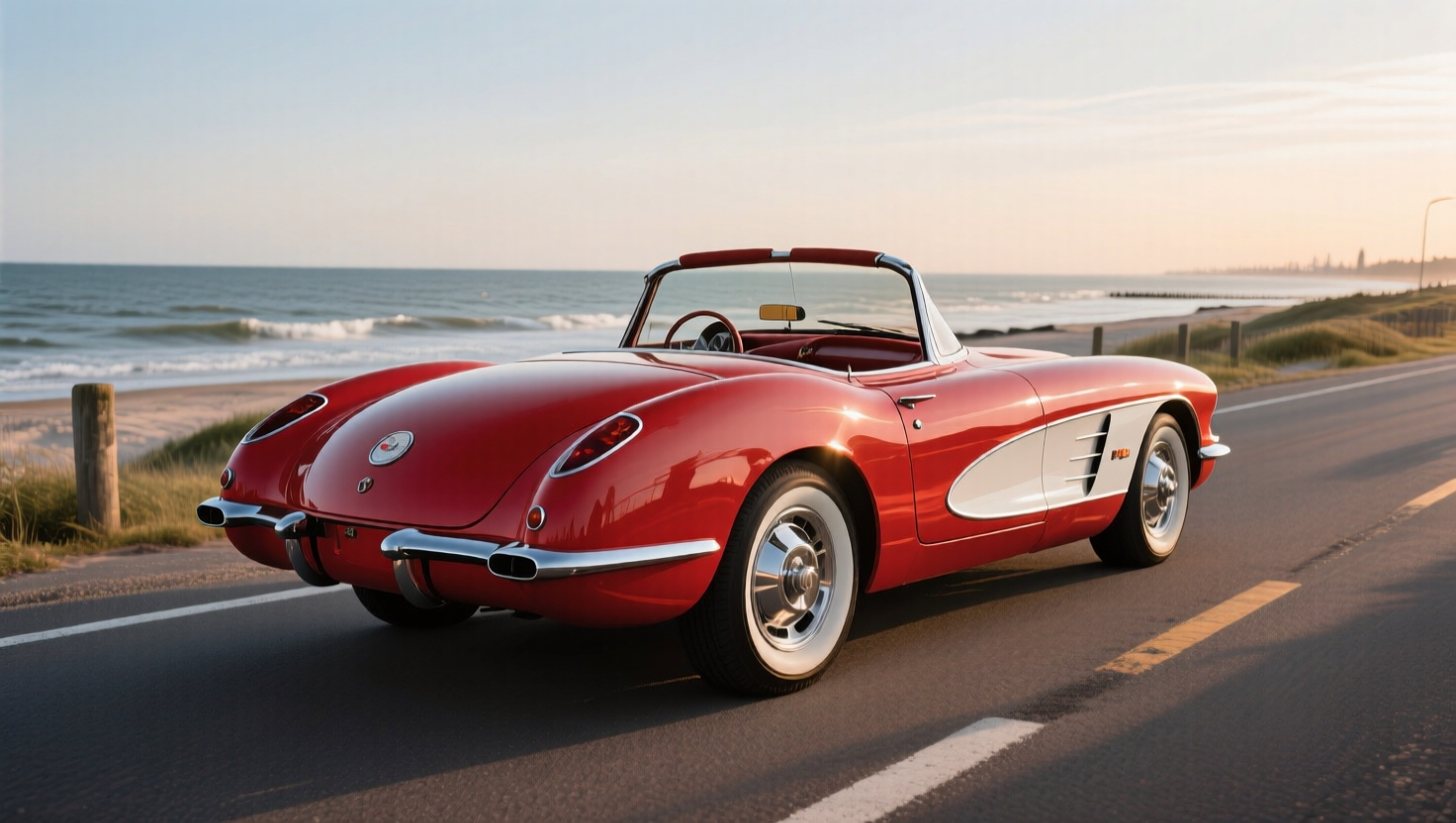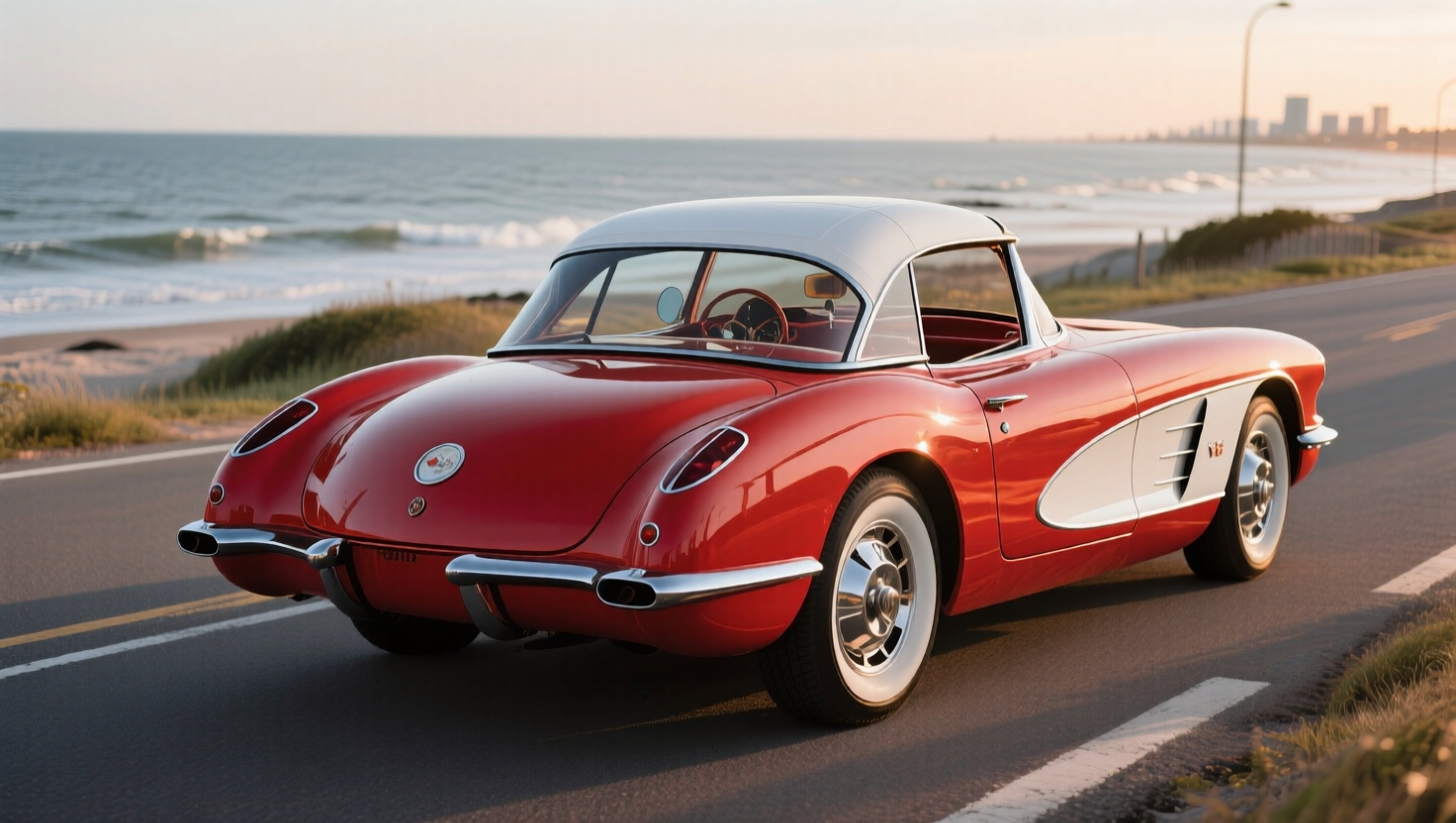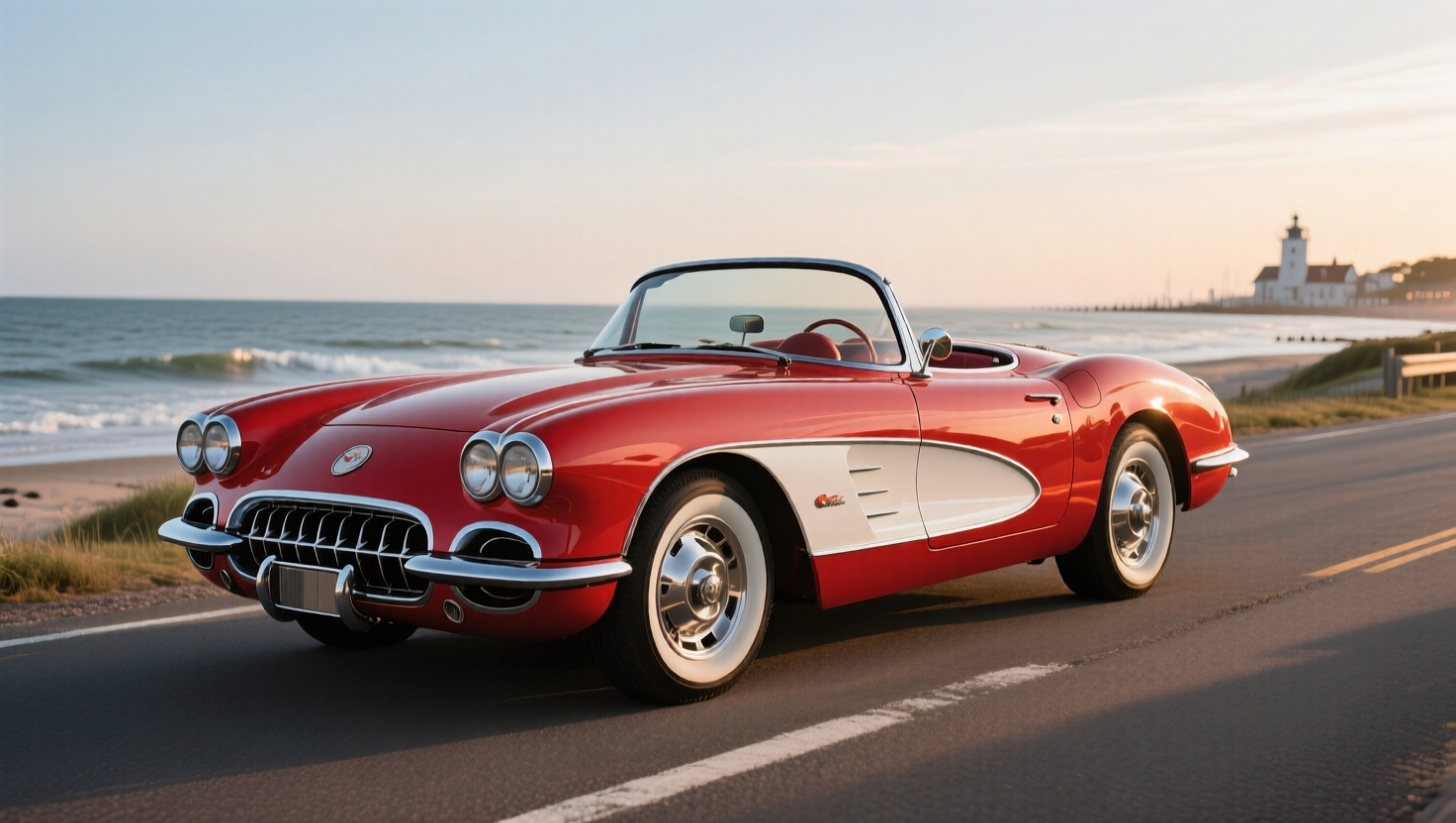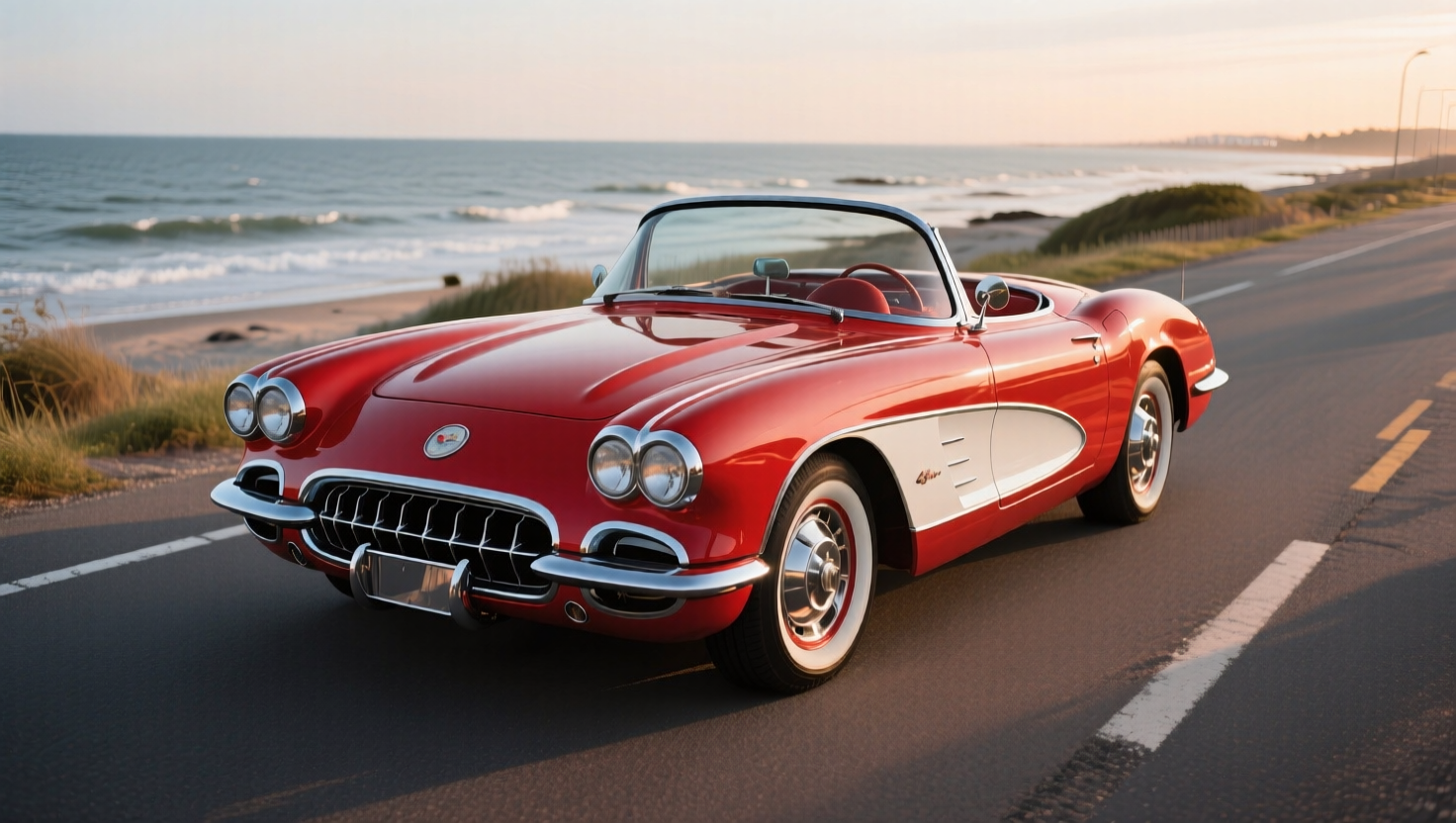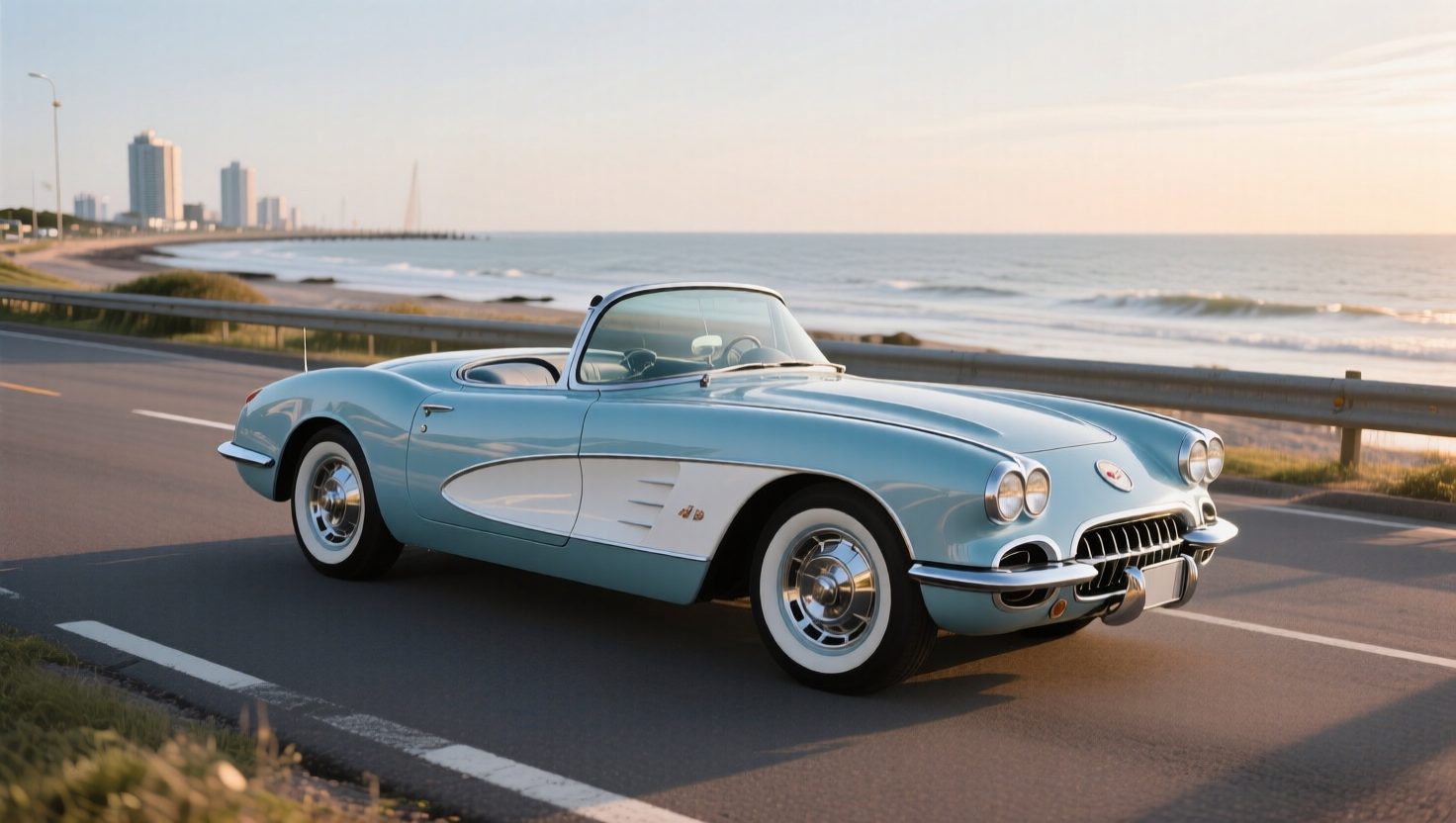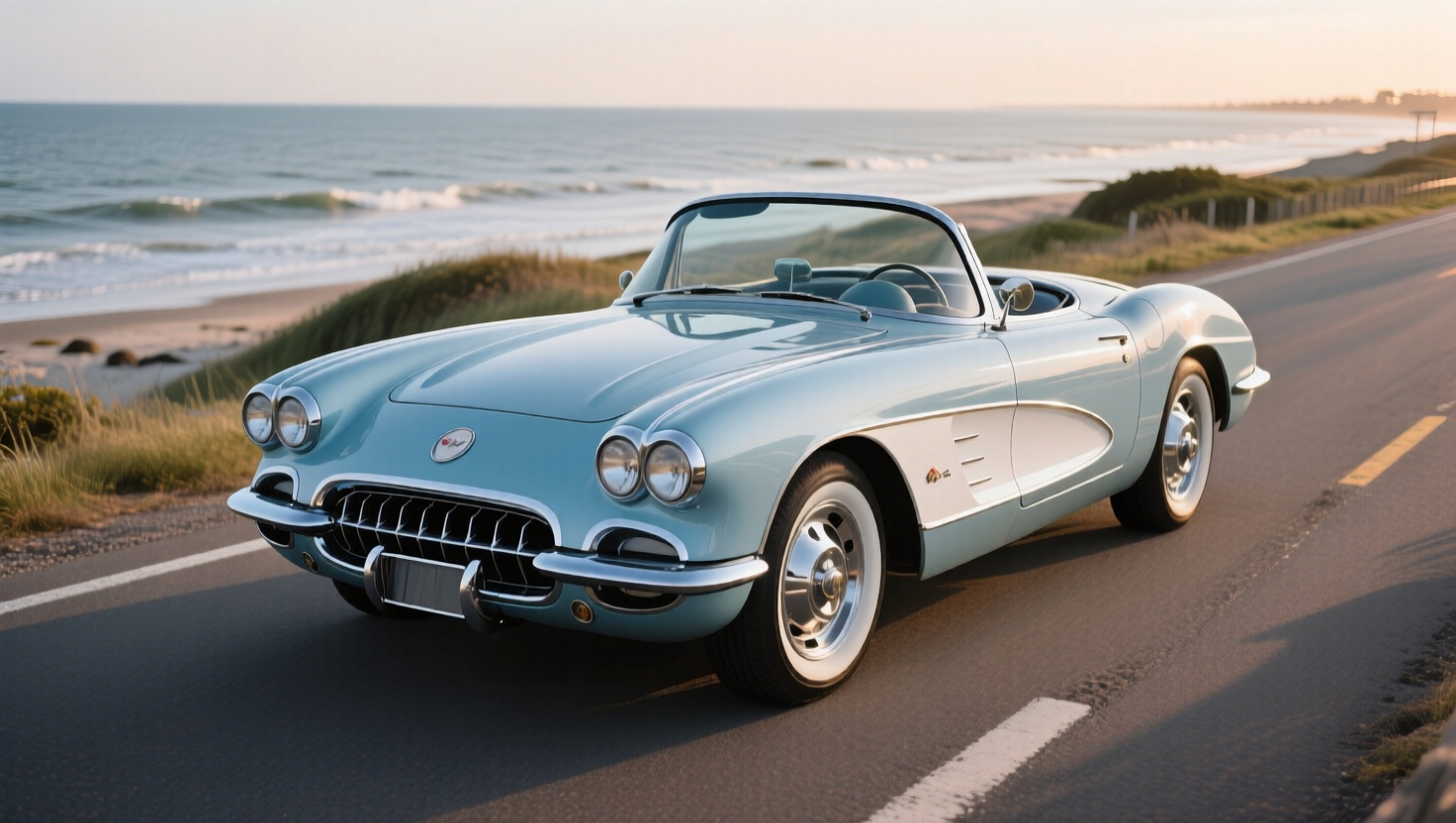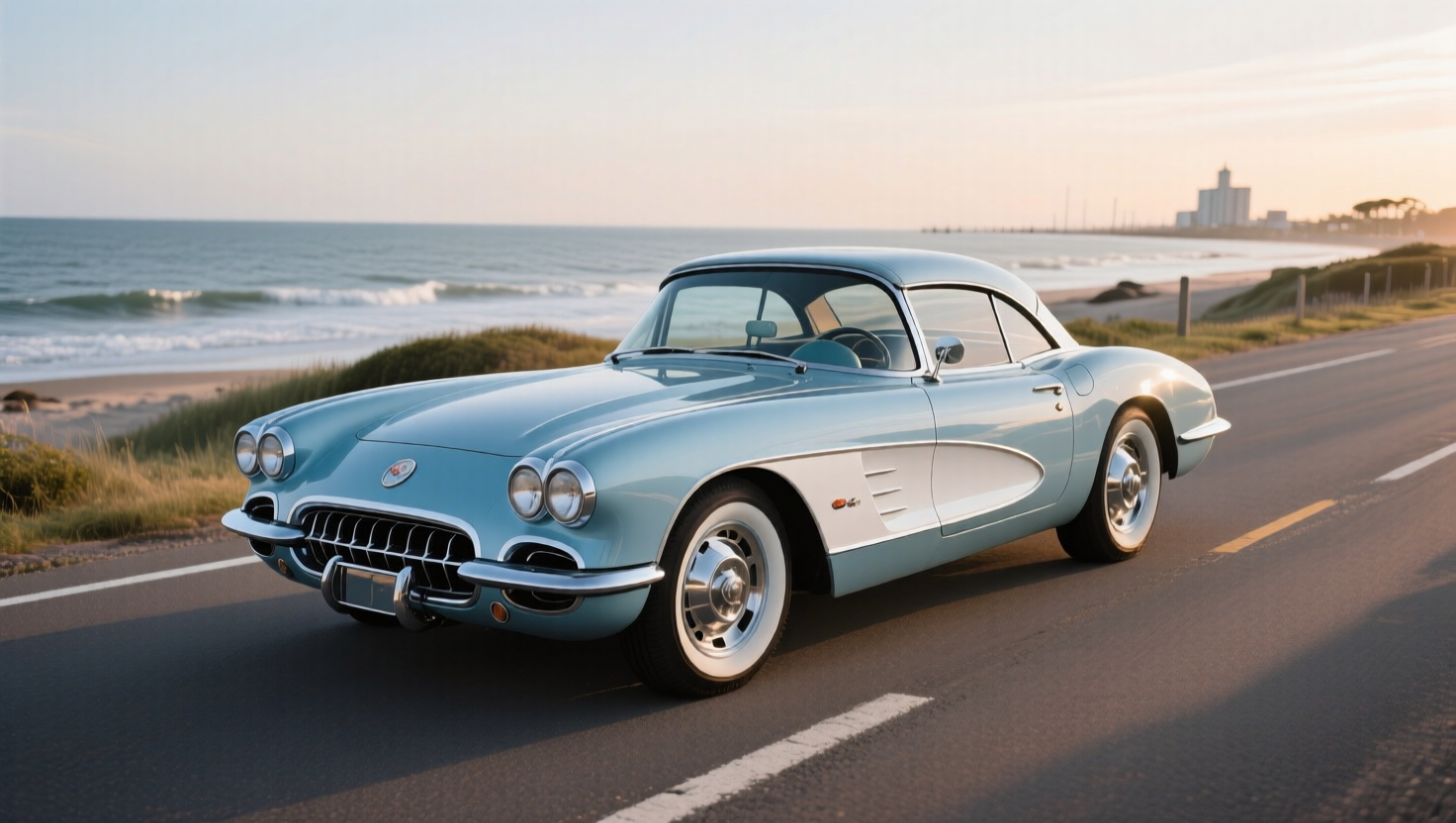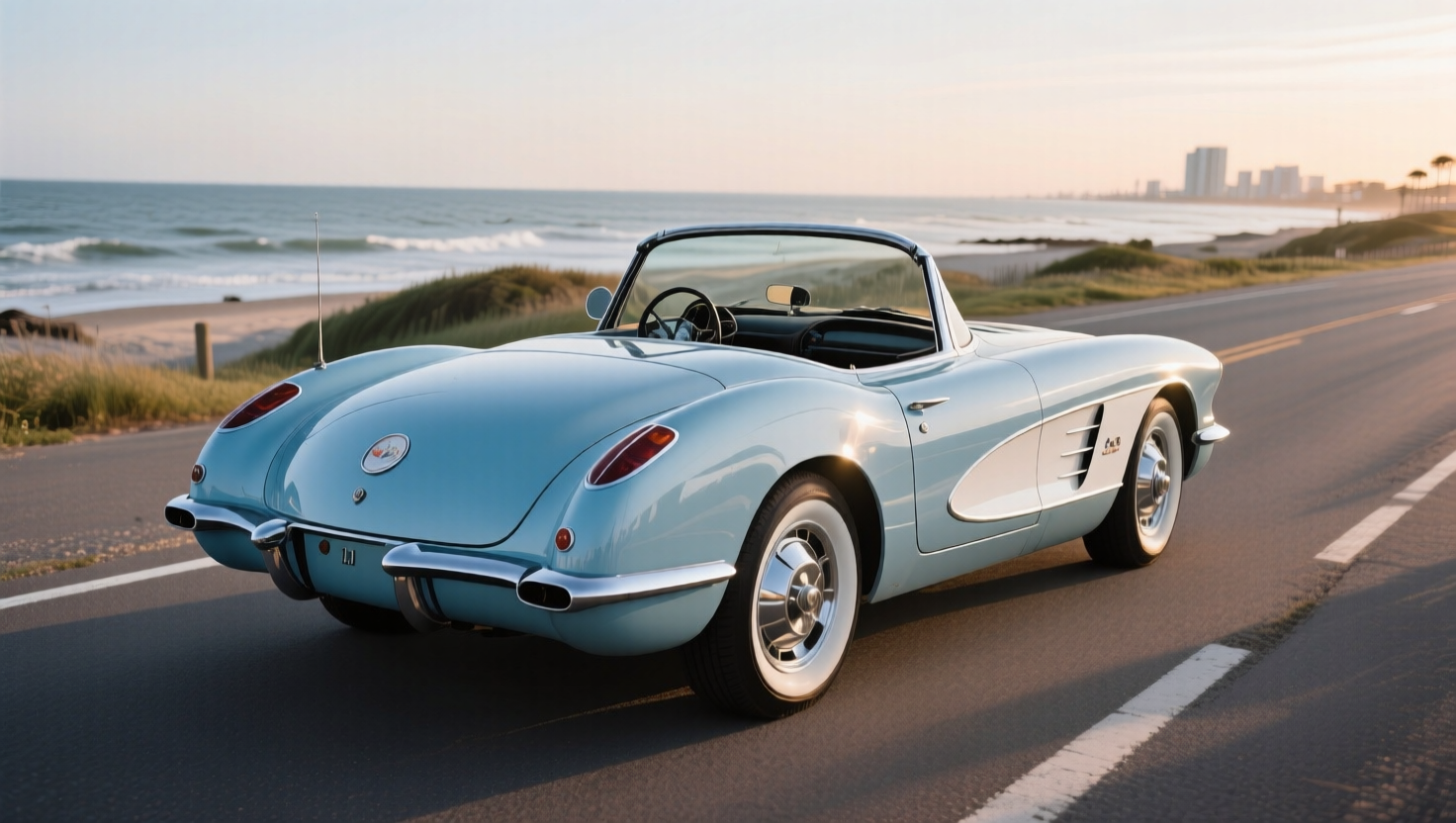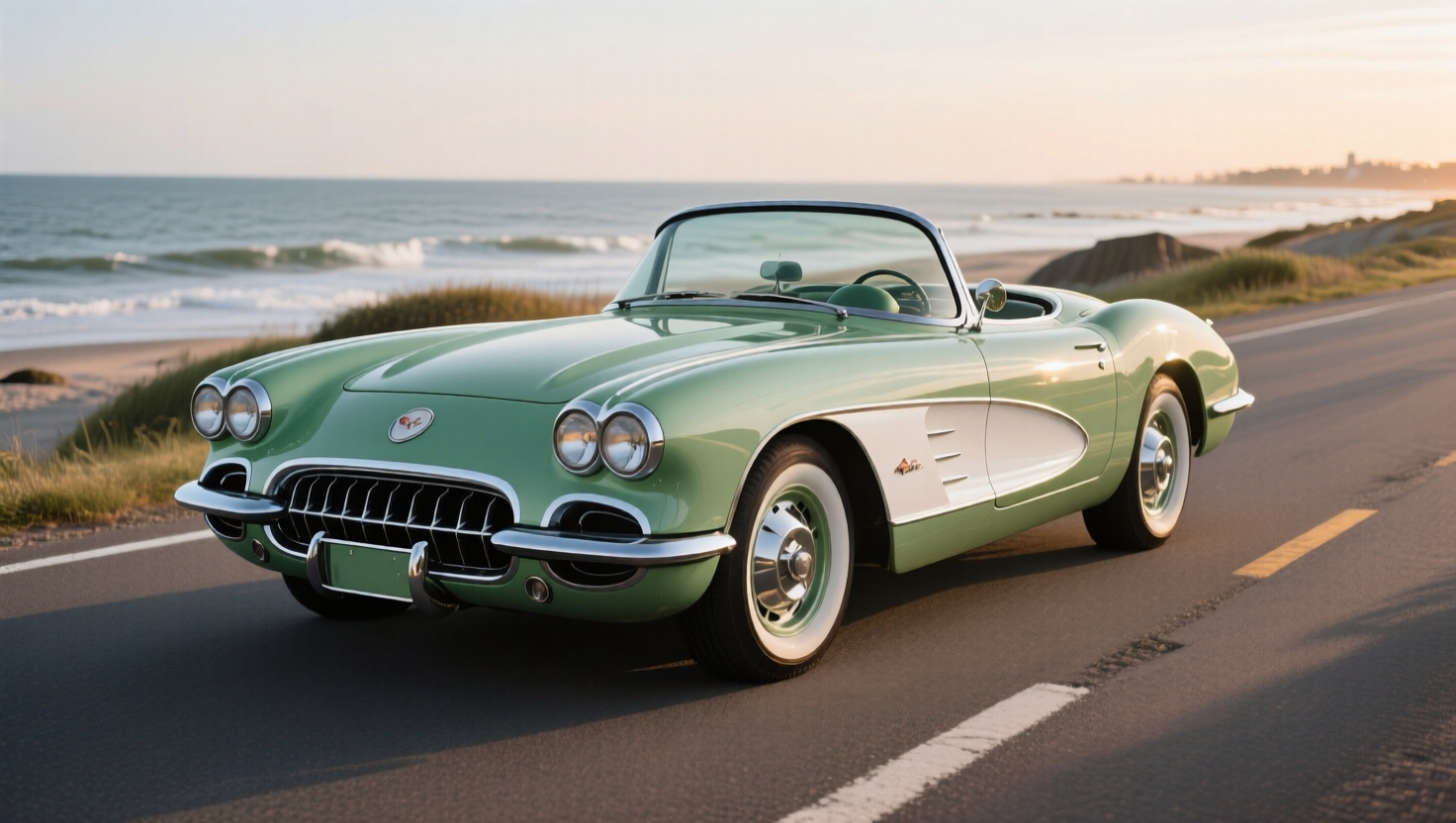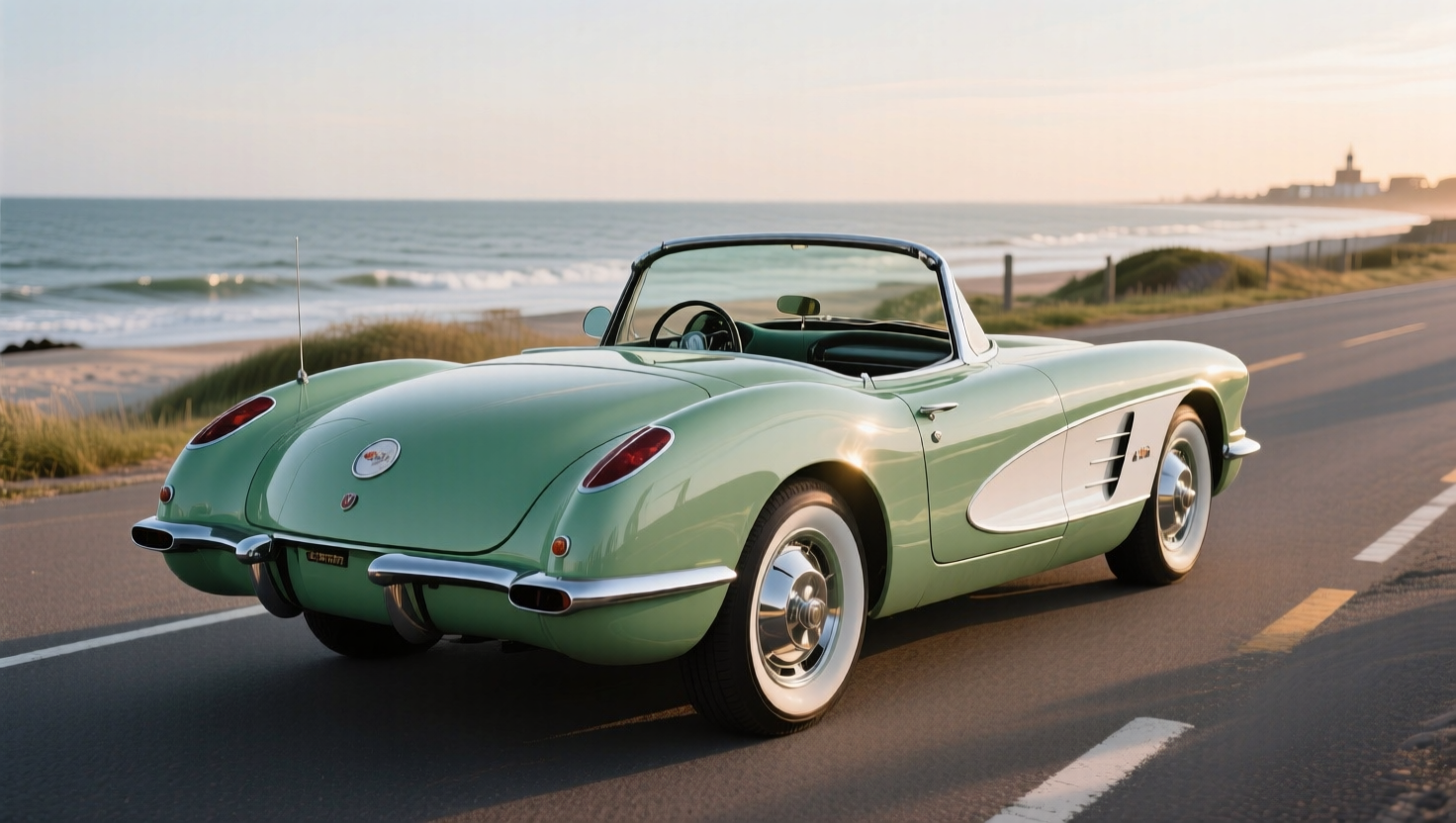The Tipping Point: How the 1959 Corvette Perfected the C1 Formula
The 1959 Chevrolet Corvette stands as a pivotal moment in American automotive history, not for radical reinvention, but for critical refinement. It represents the definitive version of the first-generation "solid-axle" platform, the year when Chevrolet's designers and engineers perfected the formula. By deliberately shedding the stylistic excesses of the 1950s and pairing its formidable V8 power with crucial handling upgrades, the 1959 model matured into a cohesive and confident sports car. It was the tipping point where the Corvette transitioned from a chrome-laden fashion statement into a timeless performance icon, creating the most balanced and complete package of the entire C1 era.
The most significant changes for 1959 were not additions, but subtractions. Guided by a new design philosophy that favored function over flash, the Corvette was stripped of its most superfluous ornamentation. The 18 non-functional louvers on the "washboard hood" of the 1958 model were removed, replaced by a smooth, unadorned surface that lent the car a more serious, athletic character. At the rear, the two prominent chrome spears that ran down the trunk lid were also deleted, giving the car a wider, cleaner appearance. This aesthetic "clean-up" signaled a crucial philosophical shift, aligning the car's visual language with its established performance capabilities. The refinement continued inside the cockpit, where updates were focused squarely on the driver. The instrument panel was redesigned with a concave shape to reduce sun glare, bucket seats were given more pronounced side bolsters for better support during cornering, and a much-needed storage bin was added to the passenger side. These changes, though subtle, transformed the Corvette's character from a product of late-50s fashion to a purposeful, driver-centric machine.
Beneath the refined bodywork lay the heart of a beast: the potent 283-cubic-inch small-block V8. Carried over from 1958, this engine was available in five states of tune, ranging from a respectable 230 horsepower to the legendary 290 horsepower offered by the RPO 579D option. This top-tier engine combined a high-lift "Duntov" camshaft and a 10.5:1 compression ratio with the cutting-edge Rochester "Ramjet" mechanical fuel injection system. The "Fuelie," as it was known, famously surpassed the benchmark of one horsepower per cubic inch, a remarkable achievement for a mass-produced engine of its time. This advanced technology provided instantaneous throttle response and eliminated the fuel starvation issues common with carburetors during hard cornering, making it a dominant force on the racetrack.
However, the most important advancement for 1959 was not in the engine, but in the chassis. While the Corvette's powertrain had become world-class, its solid-axle rear suspension was a dynamic liability, struggling to handle the V8's immense power. The 1959 model directly addressed this weakness with the introduction of trailing radius rods. These steel rods provided a much more positive location for the rear axle, dramatically reducing axle windup under acceleration and improving stability on uneven surfaces. This single engineering change transformed the car's handling dynamics, allowing for the use of softer rear springs for a more compliant ride while giving the driver the confidence to fully exploit the engine's prodigious output. For the first time, the Corvette's chassis was a worthy partner to its powerful engine, creating a balanced and predictable sports car.
By 1959, the Corvette had carved out a unique space in the automotive landscape. Its primary domestic rival, the Ford Thunderbird, had been redesigned as a four-seat "personal luxury car," leaving the Corvette as the undisputed "America's Sports Car." Against its European rivals, the Corvette offered a compelling value proposition: the performance of a Jaguar or an Austin-Healey, and in some cases rivaling exotics from Ferrari, but for a fraction of the price and with the reliability of American components. This image was cemented in popular culture, most famously in the 1978 comedy Animal House, where a Roman Red '59 became a symbol of youthful exuberance and rebellious cool. More than just a movie prop, its reputation was built on the racetrack, where it proved to be a dominant force in SCCA competition. The 1959 Corvette was the culmination of a decade of evolution, a machine that successfully blended raw American power with a newfound sense of aesthetic and engineering maturity, securing its legacy as a true automotive legend.
Description
Initial release of the LoRA.
